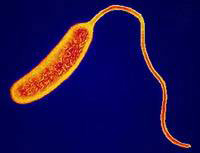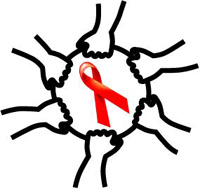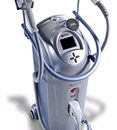What is brucellosis? How does brucellular infection occurs? Answers to these questions you will find in the article.
Content
Brucellosis, ways of infection
Brucellosis - acute
infectious allergic disease, with high potential
The possibility of transition to chronic form. Ways and transmission factors
infections are diverse, a person at any age is highly visible to
Brucellosis.
The incubation period is 1-2 weeks, and
sometimes tightened to two months. It depends on the number of
Microbes, their virulence and organism resistance.
After the incubation period of the Brucellize clinic in humans
manifests itself in the form of an acute disease with severe feverish
reaction (up to 39-40 degrees.C) for 3-7 days and more. Raising
Temperatures are accompanied by chills and abundant sweating.
Characterized by diversity and impermanence of clinical symptoms, similar
with other diseases. Along with the manifestic forms of infectious
The process during brucellosis can be asymptomatic and detected only
With a laboratory examination. In early use
Antibacterial therapy may come full recovery. IN
otherwise there is further progression of clinical
manifestations in the form of a recurrent brucellosis or chronic process
with the lesion of the musculoskeletal system, nervous, urogenital and
Cardiovascular systems.
In all cases, suspected brucellosis is required
Immediate appeal for medical care for conducting
in-depth medical examination, clarifying diagnosis and conduct
Adequate therapeutic treatment.
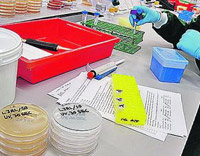
Brucellosis - zoonotic infection in which the source of the disease is sick animals.
The causative agent of brucellosis consists of six independent species,
which are mostly agricultural animals - sheep, goats,
Cattle, pigs, etc. On the territory of Russia since 1994.
Cases of excretion of the causative agent of brucellosis from dogs are recorded.
The most pathogenic for man brucella goat-sheep species,
which often cause epidemic outbreaks of disease.
Brucella have high invasiveness and can penetrate the intact mucosa.
Brucella small resistant to high temperature. In a liquid medium with
+60 hail.C they die after 30 minutes., at +85 degrees.C - after 5 min.,
When boiling instantly. Have great resistant to
exposure to low temperatures, continue to be kept in food
products, in t.C. stored in refrigerators and freezers. Under
The effect of direct sunlight Brucellia is dying 4-5 hours, in
Soil retains vitality up to 100 days, in water - up to 114 days.
Brucellize causative agent is very sensitive to different
Disinfectants: 2% phenol solution, 3% solution
Creolain and Lizol, 0.2-1% solution of chlorine lime and chlorine
kill them for a few minutes.
Transfer of the causative agent Brucellize and infection of people occurs
contact, alimentary and less common - aerogenic way, compounds are possible
Ways transfer.
The incidence is observed among those who have close contact with
Patients with animals. Especially high the possibility of infection when
providing animal assistance during childbirth and abortion. Infection can
occur when processing meat raw materials, leather, wool, animal skins,
patients with brucellosis.
The alimentary path of brucell transmission is possible when used
Food products derived from infected animals. Most
Danger represent raw milk and dairy products (cheese,
cream, sour cream, koumiss and others.). Brucelles are saved in milk to 10
days, and in Brynze - up to 45 days.
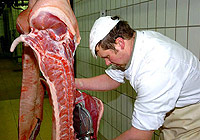
Meat is a significantly less epidemiological
DANGER, T.To. It is usually used in thermally
processed. However, in some cases, with insufficient thermal
Processing due to national cooking features
(Stroganin, kebab with blood, raw mince and others.) Meat and meat products
may be the cause of infection by brucellosis. Brucellia persist in
internal organs, bones, muscles and lymph nodes infected
Tool more than one month, and in frozen products throughout
Storage term.
Aerogenic (transmitted through air) The path of human infection by brucellosis is possible when
haircut wool, felling down, cleaning of livestock, processing skins, slaughter
cattle and other production processes related to care
Patients with animals, or when processing products and raw materials obtained from
them. In the fur of brucellas retain viability when stored when
room temperature for 3 months.
The basis of the epidemic well-being of the population are measures for
Prevention of infection among animals and elimination of foci of epizotion in
Cases of their occurrence.
Protection of people from infection is carried out as compliance
the rules of personal hygiene and the use of personal funds
protection.
Prevention Brucellize
- This is a complex of veterinary and sanitary, economic and
health measures, the ultimate goal of which is
Elimination of infection among animals and termination of diseases among
Population.




